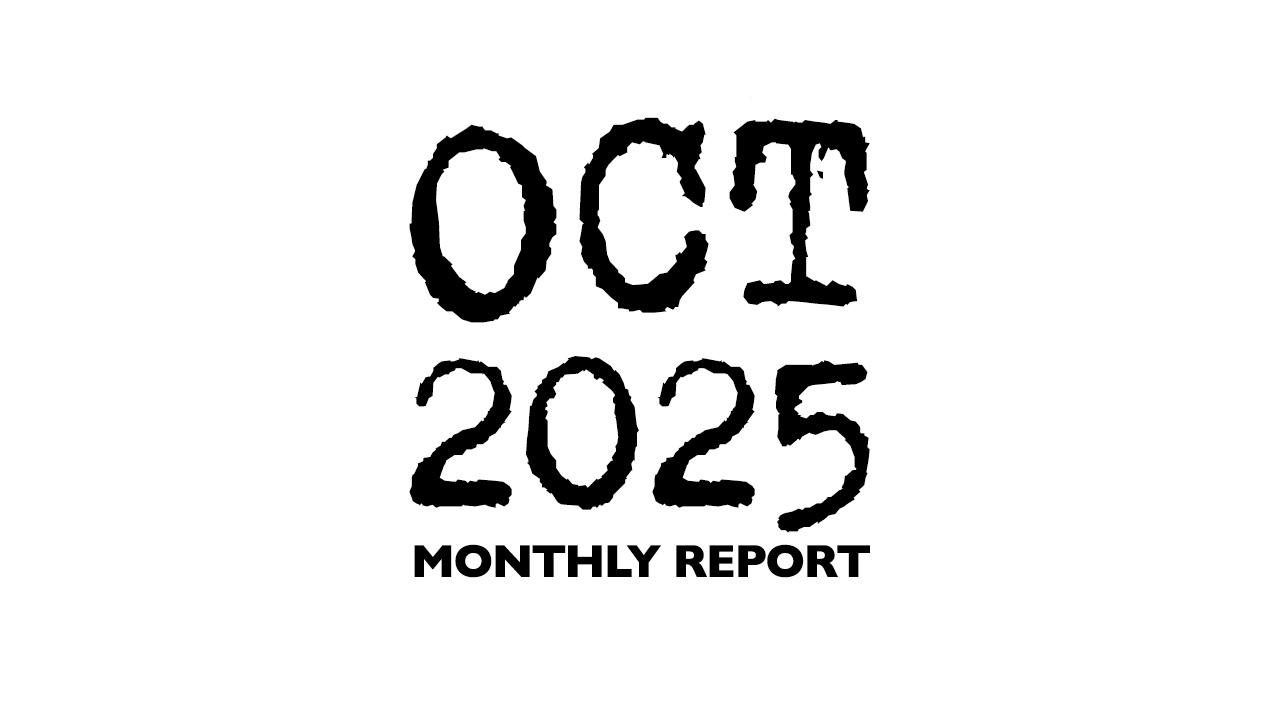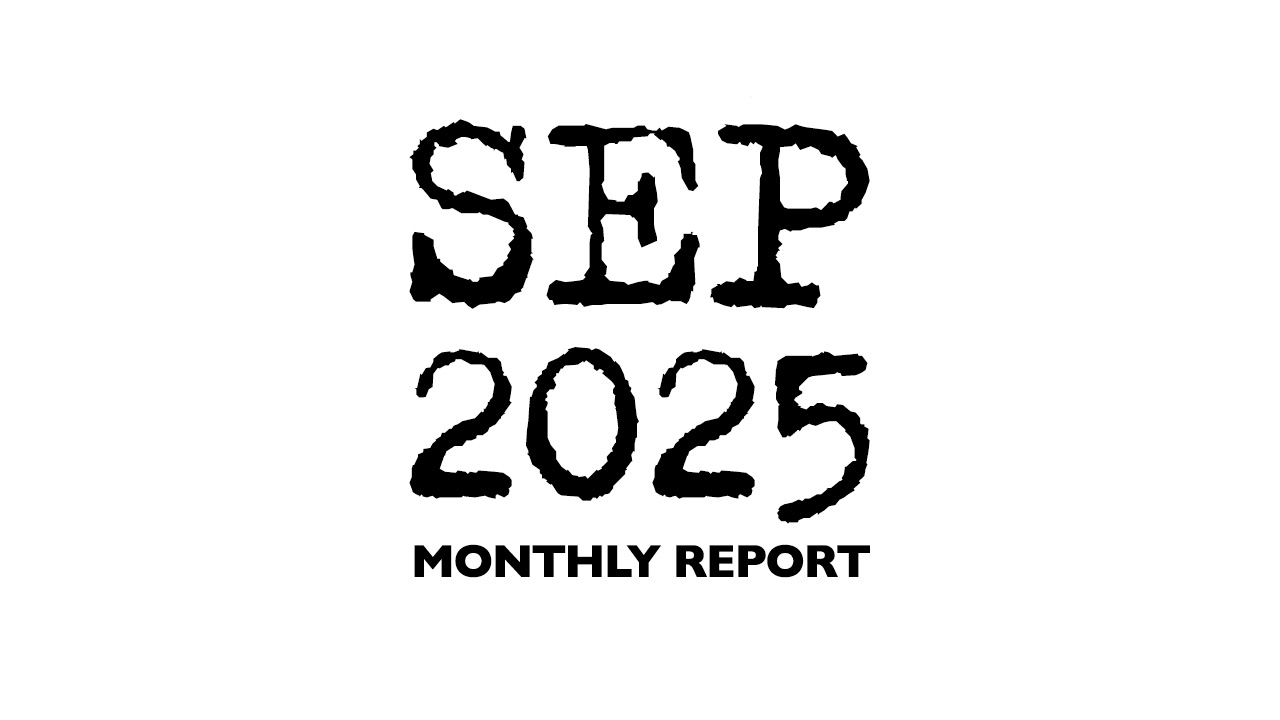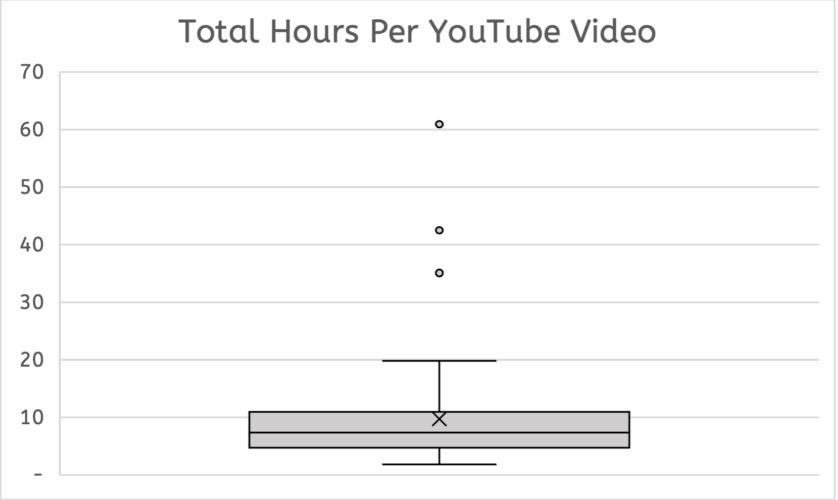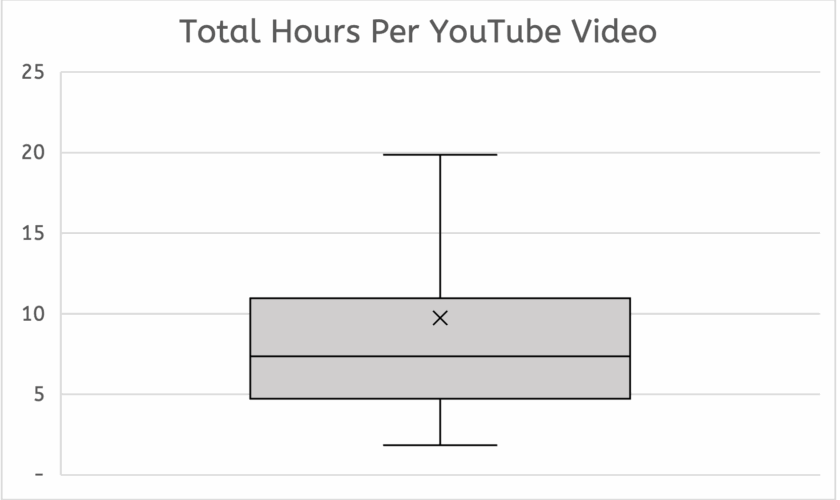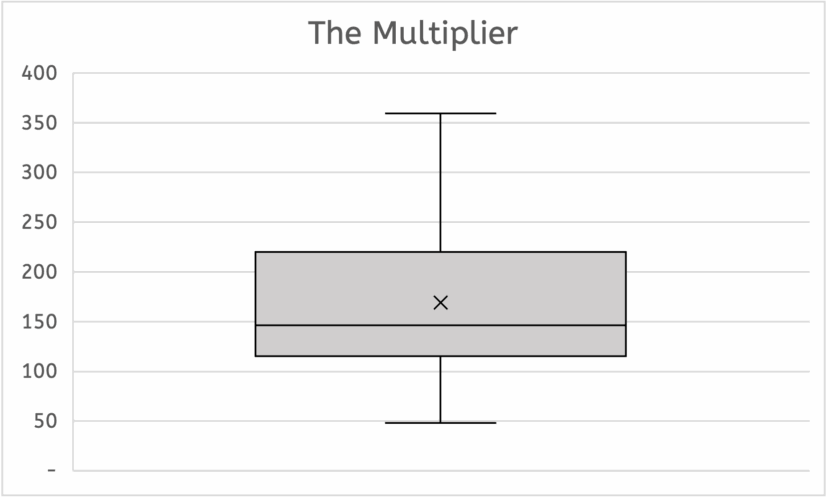My available hours for these projects have been cut — again. Last week I estimated they were down to ten instead of forty.
They are down to five. The clock still doesn’t care.
The Impact
This isn’t a reduction in hours — it’s a structural collapse. The systems I built for a 40-hour week never fit into ten, and they certainly don’t fit into five.
Big Rocks
All of this reminded me of a video I saw a while back — a short clip about Big Rocks.
The idea is straightforward: a professor fills a glass jar with sand, gravel, and a few large rocks. If he starts with the sand, nothing meaningful fits. When he starts with the big rocks, everything else settles around them.
Motivation helps, but some constraints are mechanical. Capacity is fixed; order determines outcome.
Put the big rocks in first.
The Biggest Rock
My biggest rock is my morning routine. I’ve kept it going for almost ten years. The idea was simple: get the most important things in life done as early as possible. I wake up at 05:30, usually as the sun rises. By 05:45 I’m out the door. This is my first non-negotiable — the morning run.
I hate running, so I get it out of the way immediately. And at this hour, there are no excuses. You don’t need a gym. Nobody is calling you. You’re not late for anything unless you’re catching a flight. A sturdy pair of shoes is enough. I’ve run in rain, snow, desert heat, on vacation, on business trips — it doesn’t matter. I removed anything that could interfere.
After the run and a shower comes my coffee and a bit of reading. It’s still early and still interruption-free. Even on rushed mornings, by 07:00 I’ve already run, showered, had coffee, and read a few paragraphs. A few years ago I added journaling, and that completes the routine. I rarely have a valid excuse to miss it.
This routine works because it was built to work. It survives schedule shocks because it’s protected by design: early, frictionless, interruption-proof, and simple enough to run anywhere. It doesn’t rely on motivation. It relies on structure.
Everything else in my system broke when my available hours dropped from forty to five. Those routines weren’t robust yet; I was still learning and adapting them to these new projects.
The morning routine didn’t move at all. That’s the point.
The biggest rock shouldn’t depend on willpower — it needs a fixed slot, zero dependencies, and discipline.
Rebuilding
I can’t force forty hours of work into five. The new job changed the entire shape of my week, and the old systems need to be rebuilt. That means choosing what survives and resizing everything else.
The Photography Channel will likely move to one upload every two weeks. Posts here may need to shrink or become more direct. The Podcast stays on hold.
These are not failures — they’re mechanical limits.
The next step is rebuilding the rest of my creative system using the same rules, starting with the biggest rocks.
